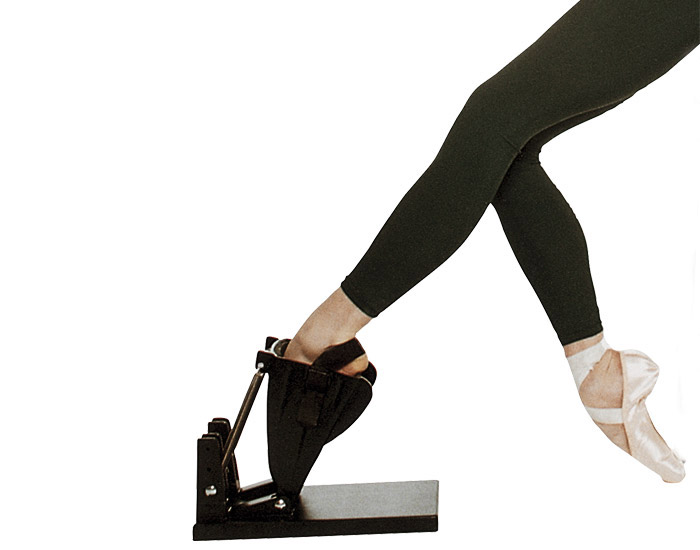
In the twenty-first century, the world surrounding dancers and non-dancers alike contains the ability to ‘fake it’. Gone are the days of “if you’ve got it, flaunt it”, because now it is becoming increasingly easy to modify and improve more and more about us, and the world too – you can flaunt it anyway!
‘Natural’ has become a woolly term, because how can it be proven? The likes of Photoshop and other similar tactics mean that we can appear as our ‘better selves’, and we can even do this physically by the means of plastic and cosmetic surgery. Enhancing appearances does not stop there: the illusion of dance has too been enhanced past its ethereal state and can now be improved or altered by means of faking it.
For example, the mechanics of classical ballet can be aided by the use of commercially available prosthetic arches which can be used to improve the appearance of the foot in a pointe shoe. There are not many methods for modifying or ‘faking’ ballet, simply due to the fact that social historical context dictates that classical ballerinas wear costumes to reveal their strength, artistry and technical talent, and also due to the role of the critic. Despite this, the shape of the foot can be enhanced, having worked the correct muscles in the first place. Some dancers are fortunate, with a high instep and strong, flexible ankles, whereas for others this is something at the forefront of their wish list.
Some may argue that enhancing the line of the foot in this way is on a parallel to that of wearing false eyelashes to improve the look of the face, and give that “showbiz” look. Today there are a number of ways of improving the ballet experience in general, as shown by the product list of Dance Direct, for example. From a variety of shapes and designs of foot thongs, to gel pads to the latest snug over-the-pointe-shoe socks with suede leather toe caps, there is something for everyone to help fake it until you make it!
